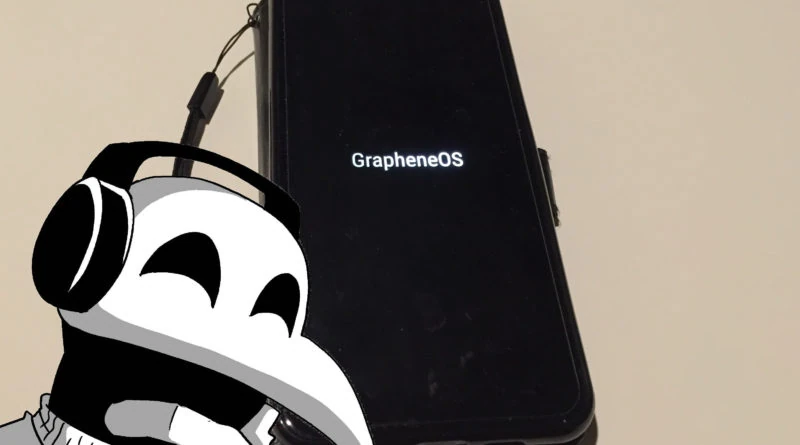My experience with GrapheneOS

Hey everyone. Klebs here and today, I will deviate a little from my usual topics to talk about GrapheneOS, a modified Android that I’ve been using for the past few weeks.
Why I tried to leave the Apple ecosystem
Technically, I didn’t leave the Apple ecosystem since I still use the apps and games that I’ve bought on the App Store on my iPad and I still buy songs on iTunes since I don’t use Spotify. 10 years ago, I took my first steps towards Apple products by purchasing a MacBook Pro, an iPod touch 3 and an iPhone 4 thinking back then that it was better than to stay with Microsoft. I eventually gave my iPhone and iPod touch to a family member when someone else gave me an iPhone 5 with more storage space for my music collection. Eventually, I also gave away my MacBook Pro when I realized everything got slower as I kept my software up-to-date, an issue people refer to as planned obsolescence.
Even if I now use Linux as my daily driver, I was still using an iPhone because it still met my needs although I was fully aware it wasn’t meant to last. Case in point, Apple decided one day that the 3.5mm audio jack would go away starting with the iPhone 7 and multiple reports of planned obsolescence on their products and high cost of repairs didn’t help matters. By then, I was using the iPhone 6S Plus that I got as a gift and the battery was already starting to show its age. Not planning to buy an iPhone without a 3.5mm audio jack, let alone replace the battery on my current iPhone for an unreasonable fee, I started looking for a different phone.
Choosing between a Linux phone or a degoogled Android
Getting involved with the Linux community greatly helped raising my awareness towards digital privacy, something Android isn’t exactly known for. During my research, I ended up with two solutions: buy a phone designed for Linux from the ground up like the Librem 5 from Purism and the Pinephone from Pine64 or buy an Android phone I would then replace with a different operating system like UBports or LineageOS. Since development on the Linux phone was still ongoing and modifying was no simple task, I had to make a choice: go with a Linux phone before it’s even ready for the general public and risk not being able to fully use it or go with a modified Android without being 100% sure my privacy would be preserved.
That’s when I came upon a video by Henry from Techlore regarding GrapheneOS :
This tweet from Edward Snowden was one more reason to give it a shot:
If I were configuring a smartphone today, I'd use @DanielMicay's @GrapheneOS as the base operating system. I'd desolder the microphones and keep the radios (cellular, wifi, and bluetooth) turned off when I didn't need them. I would route traffic through the @torproject network.
— Edward Snowden (@Snowden) September 21, 2019
The installation on a Google Pixel
Because GrapheneOS only works with the Google Pixel 2, 3 and their variatns, I bought a Google Pixel 3a XL second-hand that ressembles my iPhone 6S Plus size-wise and also comes with a 3.5mm audio jack. For the installation, there’s the official tutorial but the average people, there’s also this excellent video from Henry that helped me tremendously:
After the installation
With my degoogled phone, I started synchronizing my contact lists, notes and reminders from my Nextcloud server. I also installed Android apps from the F-Droid store which hosts free and open source apps and the Aurora Store which acts like an anonymous Google Play Store. Interesting tidbit: my phone can detect whenever I’m about to use an app which requires Google services. After a few trial and error, I only kept apps that function even without Google services and Android users even told me my setup look very similar to theirs, minus the Google apps.
Conclusion
So far, I love my new phone and would encourage you to try it if you own either a Google Pixel 2 or 3. However, make sure you keep a full backup of your phone first because if the whole process is reversible, your phone will still need to be fully erased without installing GrapheneOS. Feel free to send me questions or comments on Mastodon.
Also, if you like what I do and would like to support me, you can use this affiliate link if you plan to buy games, books or more on Humble Bundle.
Thanks for reading and I’ll talk to you soon. Laters.